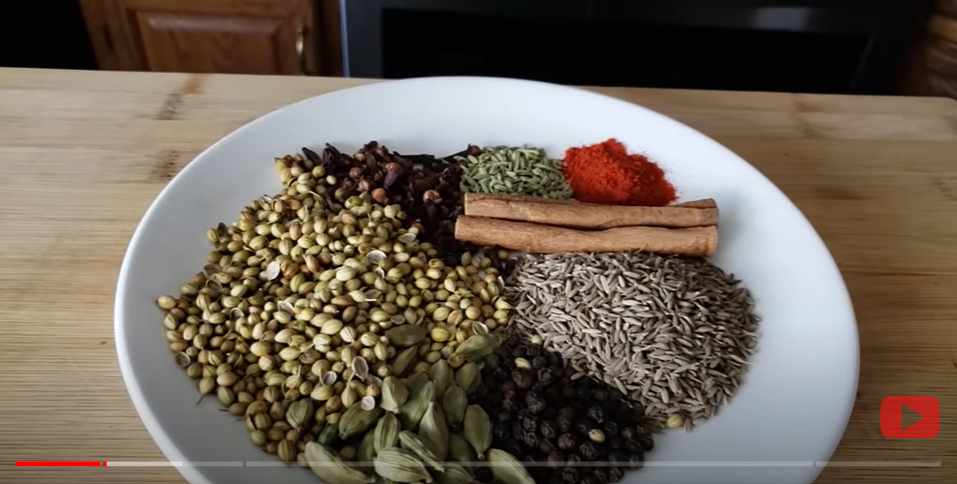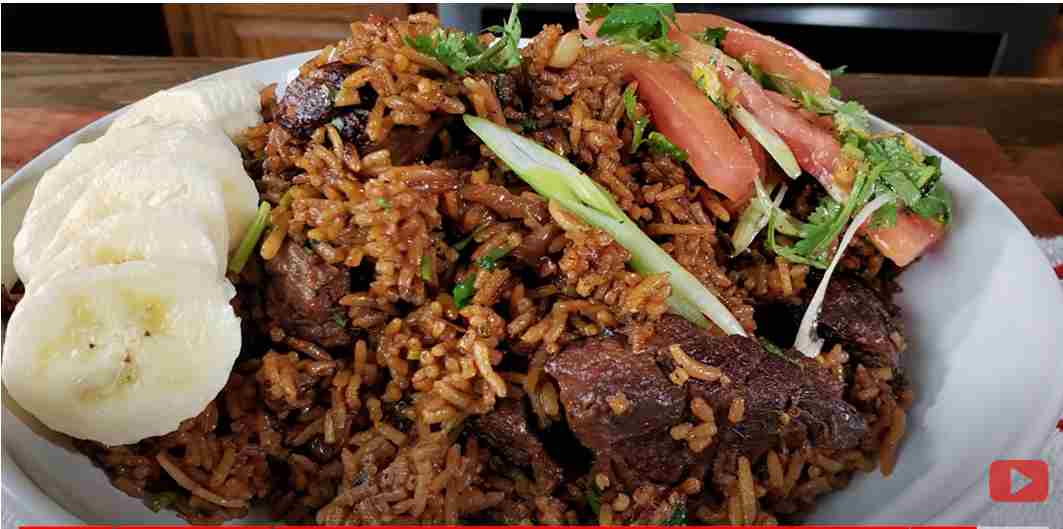Pilau rice is one of the ways you can transform plain rice into a yummy dish. You can make pilau with ingredients like rice, beef, spices, and vegetables.
Follow this East African recipe from Kenya for a quick and healthy treat.
Become an insider. Subscribe to our newsletter for more top trending stories like this!
What Is Pilau Rice?
East African rice dishes such as pilau rice are popular, especially in Kenya and Tanzania. The recipe is called pilaf in the US and pilau in the UK. Cooked in a flavorful broth with spices and other ingredients such as vegetables, meats, and fish, pilau rice is typically served with curry dishes.
Kenyan pilau can be traced back to Indian and Arab origins, but it tends to resemble the Arab version more. Compared to Indian curry, the Kenyan version has a brown color resulting from browning the meat and frying the onions. On the other hand, Indian pilaf is yellow due to the addition of curry powder, saffron, or turmeric.
People Also Read: How to Make Piri Piri Chicken the Mozambique Style
How to Make Authentic Kenyan Pilau Rice
Cooking pilau rice is easy. The dish must have meat, and beef is usually the most popular option. But you can use mutton or chicken or leave the meat out entirely if you’re vegetarian. Remember to double the list of spices if you’re making your own ground pilau masala spice.
Since this meal is loved yet a challenge to prepare, most people love to share their craft on Facebook, Instagram and also Pinterest.
Become an insider. Subscribe to our newsletter for more top trending stories like this!
Let’s get down to the ingredients.
Ingredients For Pilau Rice Recipe

- 2 Cups of long-grain basmati rice
- Ground pilau masala spice
- 1.2-pound stewing beef
- Crushed garlic and ginger
- 2 Bay leaves (optional)
- 1 stock cube (optional)
- ½ tsp cumin seeds
- ½ tsp green cardamom pods
- ½ tsp black peppercorns
- ½ tsp cloves
- ¼ Cup vegetable oil
- 2 cinnamon sticks.
- Beef broth
- 2 cups of hot water
- Green peas (optional)
- 2 Onion
- 1 tsp of powdered chilli
- 2 tsp of tomato paste
- ½ tsp of salt
People Also Read: Senegalese Chicken Yassa, a Healthy and Flavorful Option
Instructions
- To prepare the ground pilau masala spice, toast the cumin seeds, green cardamom pods, cinnamon sticks, black peppercorn, and cloves together for 5 minutes. Then grind them together. These ingredients will pour flavour to your rice.
- Soak the mixture of spices in a cup or a small ramekin.
- Chop your garlic, ginger, and onions. People also use pestle and mortar to make a ginger and garlic paste. You can also add ground turmeric at this stage.
- Rinse your rice in a bowl until the water is no longer cloudy. Set aside.
- Wash the beef, cut into pieces, and boil it in your pan. Add garlic, ginger, salt, and the stock cube. Cook for 40 minutes until tender under medium heat.
- When cooked, sieve any excess broth and set it aside for use when cooking the pilau rice.
- Fry the meat until brown and set it aside.
- In the same pot, add some oil and the chopped onions. Fry the onions until brown.
- Add the remaining ginger, chilli, and tomato paste and simmer for 5 minutes. Add the soaked whole spices and the pilau masala powder.
- Add the rice and stir fry for 5 minutes before adding the beef broth and boiling water to the pot. Stir and add the meat when it starts to boil.
- Reduce the heat.
- Cover and cook until the rice is tender and all the liquid has evaporated. This should take about 30 minutes.
- Serve while it’s hot.
People Also Read: Togolese Gboma Dessi: A Classic Togolese Dish
Tips for Cooking Pilau Rice
- You can add more spices if you’re using more rice or if you prefer a spicier dish.
- First, add your meat broth before adding the hot water.
- When cooking the rice, start at high heat and then reduce the heat later when the liquid is almost dried up. This is a beneficial tip to prevent your rice from burning. This is different from other rice recipes.
- When cooking, white rice is preferred as using brown rice will require extra cooking time.
- Covering the pilau rice first with aluminium foil, or in an airtight container then a lid towards the end of cooking, is a step to help cook single-grained rice.
- If your rice is uncooked before the liquid dries up, boil a cup of water and stir in a quarter teaspoon of salt. Slowly ladle a little bit of the water into the rice while it is cooking. Make holes in the surface of the pot with a wooden spoon or a fork so the water seeps down faster.
Chef D. Wainaina is passionate about food, cooking, and sharing tips and ideas to make you a better cook in your own kitchens. His focus is on Kenyan and African food, which is inspired by many cultures, and he has experience working in the food industry in the US.
Spotcovery offers unique and fresh daily content on Black culture, lifestyle, and experiences. We talk about everything black, black people, black-owned and black-owned businesses. We also deliver authentic and relevant content that will inform, inspire and empower you! The future of black media is a critical piece of the black experience of today! Our primary audience includes African American, African, Afro-Caribbean and people of African heritage. Black culture is for the culture!
Become an insider. Subscribe to our newsletter for more top trending stories like this!





